Expansion of Electric Vehicle Market
The Thin Film Battery Market is poised for growth due to the expansion of the electric vehicle (EV) market. As governments and consumers increasingly prioritize sustainable transportation solutions, the demand for efficient and lightweight battery systems is on the rise. Thin film batteries offer advantages such as rapid charging capabilities and enhanced safety features, making them attractive for EV applications. Recent market analyses suggest that the EV market is expected to reach a valuation of over 800 billion dollars by 2030. This growth indicates a substantial opportunity for thin film battery manufacturers to cater to the evolving needs of the automotive sector, thus driving the Thin Film Battery Market.
Increasing Demand for Wearable Technology
The Thin Film Battery Market is experiencing a surge in demand driven by the growing popularity of wearable technology. As consumers increasingly adopt smartwatches, fitness trackers, and health monitoring devices, the need for compact and lightweight power sources becomes paramount. Thin film batteries, known for their high energy density and flexibility, are well-suited for these applications. Market data indicates that the wearable technology sector is projected to grow at a compound annual growth rate of over 15% in the coming years. This trend suggests that manufacturers are likely to invest more in thin film battery technology to meet the specific requirements of these devices, thereby propelling the Thin Film Battery Market forward.
Rising Focus on Sustainable Energy Solutions
The Thin Film Battery Market is benefiting from a rising focus on sustainable energy solutions. As environmental concerns become more pronounced, there is a growing emphasis on developing energy storage systems that are both efficient and eco-friendly. Thin film batteries, which can be produced using less harmful materials and have a smaller carbon footprint, align well with these sustainability goals. Market trends indicate that the renewable energy sector, including solar and wind, is expected to see substantial investments, potentially exceeding 1 trillion dollars by 2025. This investment is likely to create opportunities for thin film batteries as energy storage solutions, thereby propelling the Thin Film Battery Market.
Integration of Internet of Things (IoT) Devices
The integration of Internet of Things (IoT) devices is driving growth in the Thin Film Battery Market. As IoT applications proliferate across various sectors, including smart homes, industrial automation, and healthcare, the demand for reliable and compact power sources is increasing. Thin film batteries, with their ability to be embedded in small devices, are well-positioned to meet this demand. Market forecasts suggest that the IoT market could reach a valuation of over 1.5 trillion dollars by 2030. This growth indicates a significant opportunity for thin film battery manufacturers to supply energy solutions tailored for IoT devices, thereby enhancing the Thin Film Battery Market.
Technological Advancements in Battery Manufacturing
Technological advancements in battery manufacturing are significantly influencing the Thin Film Battery Market. Innovations in production techniques, such as roll-to-roll processing and improved deposition methods, are enhancing the efficiency and scalability of thin film battery production. These advancements not only reduce manufacturing costs but also improve the performance characteristics of the batteries. Market Research Future indicates that the overall battery manufacturing sector is expected to grow at a rate of approximately 10% annually. This growth is likely to benefit the thin film battery segment, as manufacturers seek to leverage new technologies to enhance product offerings and meet increasing consumer demands.


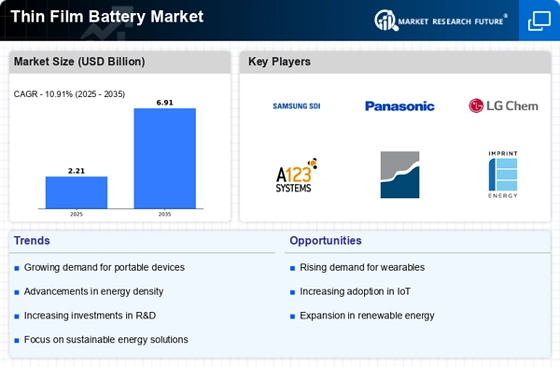
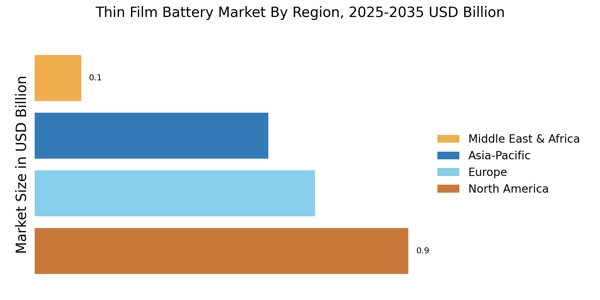
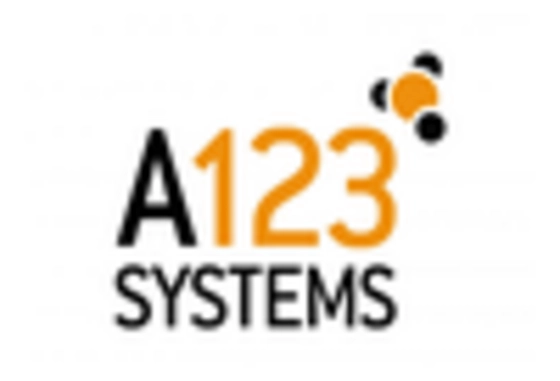
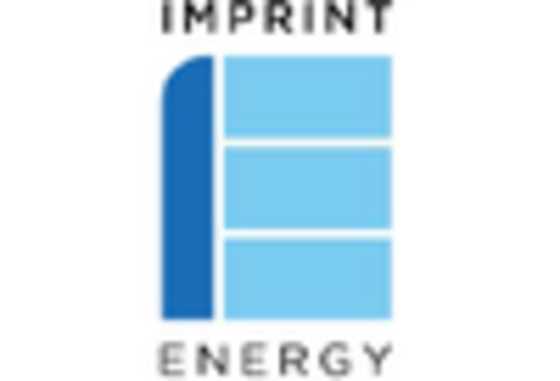
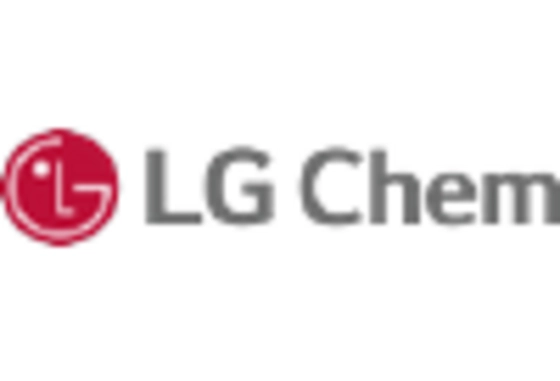
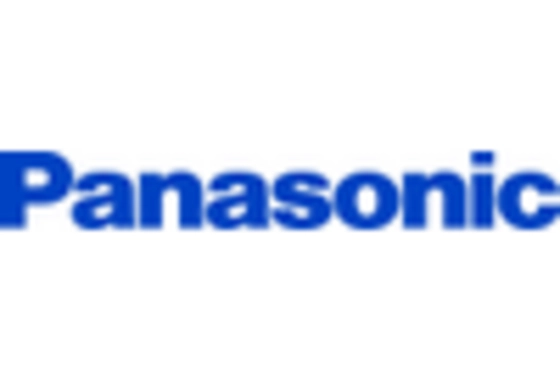
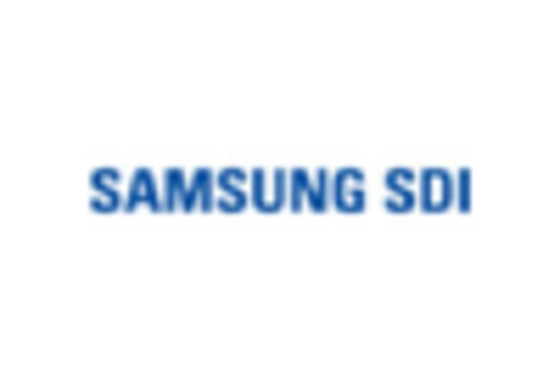









Leave a Comment